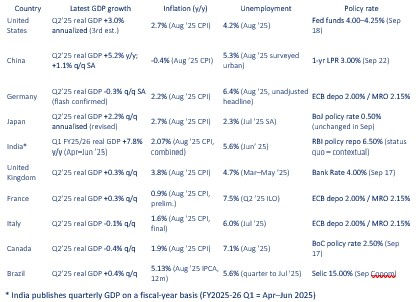Some thoughts on the newbuilding markets
- Mark Williams

- Jun 3, 2020
- 3 min read
On Monday, Qatar Petroleum reported a 100-berth, USD 19 Bn deal to build LNG carriers in South Korea. The moribund newbuilding markets took a step change upwards. I got thinking about the shipbuilding market's long-term trends. The big question for ship owners considering a newbuilding order is, what shall we build? This is not as easy to answer as you may think.
Discussions over newbuilding specifications are inevitably tied together with wider environmental and regulatory discussions. There is also a political dimension to estimating future demand for ship types. What will shipping demand look like in future? What kind of ship shall we build to meet that demand? How shall we fuel the vessel? Where will we source the fuel?
For a few years now, answering these questions has been hard. So hard in fact that the previously neat relationship between the volume of global trade and shipyard output has broken down. Our chart shows the newbuilding market’s delayed reaction to the global financial crisis, with the output of new ships dipping deeply in 2013, five years after the crash. A brief recovery in shipyard output petered out in 2015 and output has been falling ever since.

Source: IMF / Shipping Strategy Ltd.
In the current decade, shipyards have faced a perfect storm.
Newbuilding demand has been held back by shipping-specific economics, specifically the chronic overcapacity still endured by most sectors of the shipping markets. Demand has also been held back by a lack of newbuilding finance, which is related to overcapacity as those traditional lenders not still restructuring their balance sheets are shying away from shipping exposure, with the Poseidon Principles offering a convenient shield against credit applications.
The Coronavirus pandemic has served to bring into sharp relief the arrest and even reversal of globalisation which drove trade demand for the decade to 2012. The current US administration is doing its best to tie public health, trade and even arms control treaties together in an attempt to gain leverage over its Chinese competition. Reshoring, nearshoring and the replacement of just in time supply chains with more resilient just in case supply chains will all alter trade routes in the future, but exactly how remains unknown and probably unknowable.
In addition, latent newbuilding demand remains unsatisfied as ship owners and naval architects wrestle with known and yet-to-be-created environmental regulations for ships. There is no single known solution to the challenge of cutting shipping’s CO2 emissions within the lifetime of a ship ordered this year. Nobody knows which horse to back so even capitalism’s nerveless gamblers, ship owners, are staying out of the turf accountancies until the runners and riders can be more clearly analysed.
If we have passed peak globalisation and face a future of reshoring of manufacturing and shorter supply chains, along with just-in-case replacing just-in-time logistics, then long-haul ocean shipping demand may fall, while short-sea shipping demand growth may rise. The global fleet will need to be adjusted to meet future demand. The rapid growth in capacity for container ships and bulk carriers may well have reached its limits, as tanker sizes did in the 1970s.
If it were just a case of building more smaller ships for regional trade, life would be good for independent ship owners. After all, smaller ships are cheaper to build and on a dollar per deadweight basis can be just as profitable as bigger ships. But the regulatory risks are too expensive for most independent owners. They are unlikely to lead the way in designing and building new ships – they lack the risk capital. Simply put, for most ship owners there is no good economic reason to order a ship today. Fleet renewal can be achieved by buying more modern second-hand vessels when they come available for sale.
When shipbuilding volumes recover, we predict that, as in previous cycles, State Owned Enterprises (SOEs) and large multinationals will as lead the way in ordering new ships for new trade patterns. But this time, the addition of smart technologies, connected fleets, automation and optimisation may make ships so expensive and complex that, like the aviation industry, the shipbuilding industry collapses upwards into a small group of fully integrated research, design and manufacturing behemoths. These few shipyards will build standardised, modular designs. There may be space for mass customisation (what colour do you want it to be?) But, to ship-spotters disappointment, the ever-converging designs will keep on coalescing.
And if a non-hydrocarbon fuel emerges as a reliable and universal solution to the CO2 challenge (hyrdrogen?), these big shipbuilding combines will be in an unassailable position to replace the by-then obsolete fossil fuel global cargo fleet.
I’m not saying this is a bad thing or a good thing. There’s no moral angle to this. But the direction of travel seems to be towards larger corporates designing, building, financing and even leasing or operating a narrower range of shiptypes in larger fleets. In other words, it’s going to be goodbye casino, hello computer.



Comments